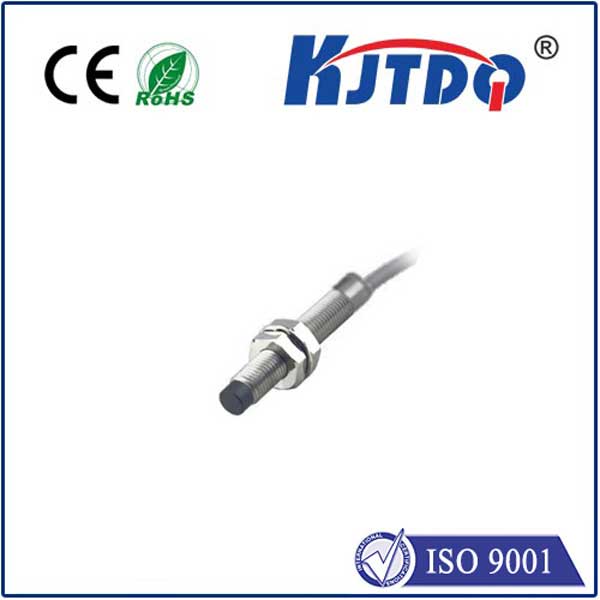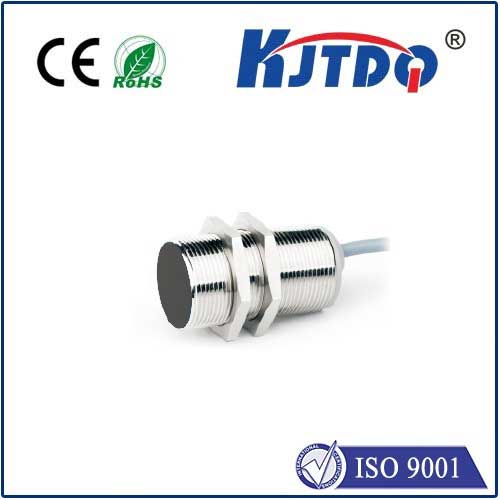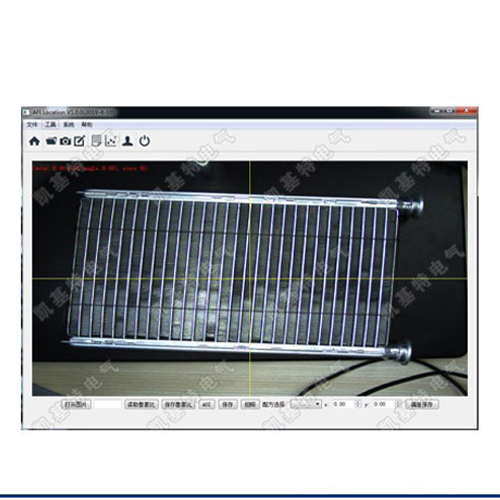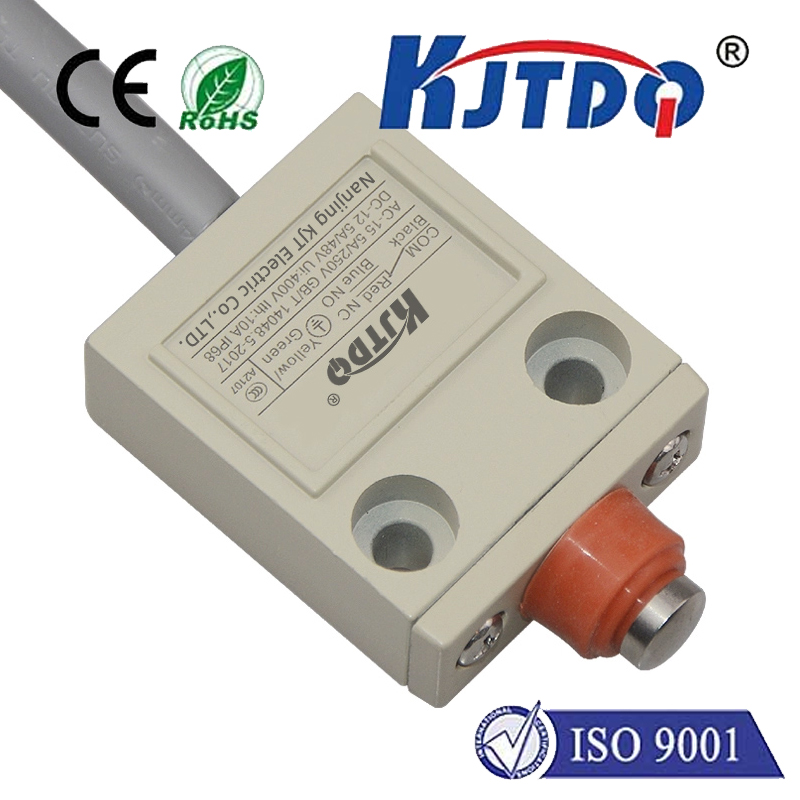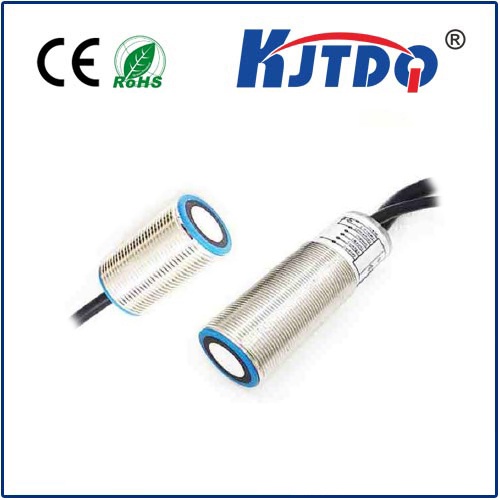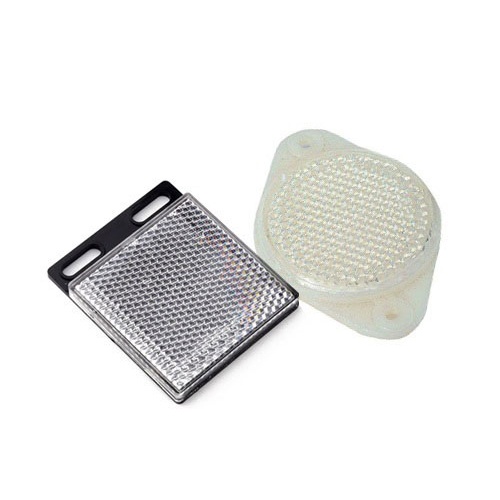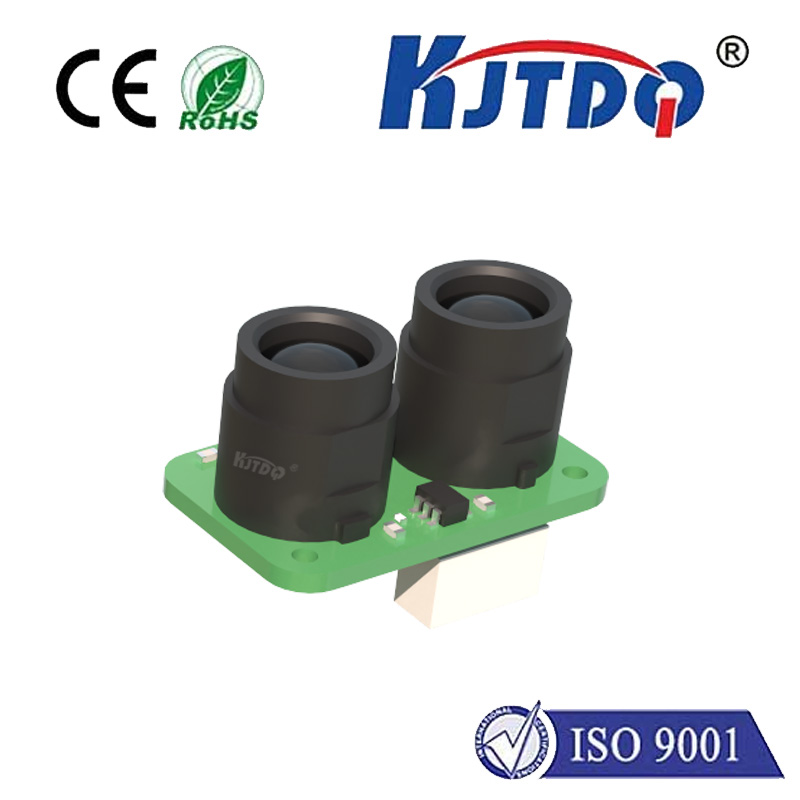inductive proximity sensor
- time:2025-06-12 18:37:18
- Click:0
Unlocking Efficiency: The Essential Guide to Inductive Proximity Sensors
Imagine a machine humming along flawlessly, components moving with uncanny precision, all orchestrated without a single physical touch. At the heart of this silent coordination in countless factories, warehouses, and automated systems lies a workhorse of industrial sensing: the inductive proximity sensor. This marvel of electromechanical engineering provides reliable, non-contact detection of metallic objects, forming an invisible yet critical layer of control in modern automation. Understanding how they operate and where they excel is key to optimizing countless processes.
Unlike mechanical switches that require physical bumping, an inductive proximity sensor works entirely through invisible forces. It generates an oscillating electromagnetic field from its active face using an internal coil. When a metal target (typically ferrous metals like iron or steel, but also non-ferrous like aluminum, brass, or copper, depending on the sensor type) enters this field, something fascinating happens: Eddy currents are induced within the target material itself.
These tiny circulating currents swirling within the metal create their own opposing magnetic field, which interacts with the sensor’s original field. This interaction causes a measurable change – most commonly, it damps (reduces) the amplitude of the oscillation generated by the sensor’s internal oscillator circuit. Sophisticated electronics within the sensor constantly monitor this oscillation level.
Here’s the clever part: When the damping effect caused by the approaching metal target exceeds a predefined threshold, the sensor’s output circuitry reacts. This typically means an internal solid-state switch changes state. An NPN or PNP transistor output (common configurations) will either sink or source current, or a digital signal (like a 0-10V or 4-20mA analog signal in some variants) changes, sending a clear electrical message: “Target detected!”

The Core Components of Detection Magic:
- Oscillator: Generates the high-frequency alternating electromagnetic field emitted from the sensing face.
- Coil: The physical component radiating the electromagnetic field, wound around a ferrite core to focus the field directionally.
- Demodulator: Converts the changes in the oscillator’s amplitude (caused by the Eddy currents) into a usable DC signal change.
- Output Circuitry: Translates the demodulated signal into a usable control signal (e.g., NPN/PNP transistor switch, analog output). This is the sensor’s voice to the control system.
- Housing: Robustly protects the sensitive internal electronics, typically made from resilient materials like nickel-plated brass, stainless steel, or specialized plastics like PBT to withstand harsh industrial environments – think oil, coolants, vibrations, and temperature swings.
Sensing Range and Metal Matters
A crucial characteristic of any inductive proximity sensor is its nominal sensing distance (Sn). This standardized value, defined by international standards (like IEC 60947-5-2), indicates the typical operating distance where reliable detection occurs under ideal conditions using a standard mild steel target (usually a 1mm thick square plate). Importantly, the actual effective sensing range can vary significantly based on target material properties.
- Ferrous Metals (Iron, Steel): Generate the strongest Eddy currents, resulting in the longest sensing distances (up to the rated Sn). They are the easiest materials for these sensors to detect.
- Non-Ferrous Metals (Aluminum, Brass, Copper): Generate weaker Eddy currents. Consequently, the effective sensing distance for these targets is significantly reduced, often only 30% to 60% of the rated Sn for mild steel. Sensor specifications always include correction factors for different metals.
- Stainless Steel: Falls somewhere in between, typically offering 70-90% of the Sn for mild steel, depending on the specific alloy and magnetic properties.
Why Choose Inductive Proximity Sensors? The Compelling Advantages:
Their widespread adoption isn’t accidental. Inductive proximity sensors offer a powerful combination of features ideal for demanding industrial settings:
- Non-Contact Operation: The absolute cornerstone advantage. No physical contact means no wear and tear on the sensor or the target object. This translates directly to exceptional longevity and virtually eliminates maintenance related to mechanical contact failure. Parts like cams, gear teeth, pistons, or even fast-moving components on conveyor lines can be detected millions of times without degradation.
- Robustness & Durability: Encased in rugged housings, they laugh in the face of dirt, dust, oil, grease, moisture, and intense vibrations – environments where optical sensors might falter or mechanical switches quickly fail. Many offer high IP ratings (like IP67 and IP69K) for resistance to water and dust ingress.
- High Switching Frequencies: Capable of detecting rapidly moving targets at speeds far exceeding mechanical limits, making them perfect for high-speed counting, positioning, or speed monitoring applications (e.g., detecting individual teeth on a rotating gear).
- Resilience to Surface Conditions: Generally unaffected by the target’s surface finish, color, or the presence of non-conductive contaminants like oil or dust layers (unlike optical sensors). As long as the metal target enters the field, detection occurs.
- Simple Integration: Available with standardized outputs (especially the ubiquitous 3-wire DC types with NPN or PNP switching) and mounting options (threaded barrels, rectangular housings), making them easy to install and connect to Programmable Logic Controllers (PLCs) or other control systems.
- Cost-Effectiveness: Offering high reliability and long life with relatively low initial cost per unit, they provide excellent value over time, especially considering minimal downtime for replacements.
Where the Magic Happens: Key Applications
The unique strengths of inductive proximity sensors make them indispensable across a vast spectrum of industrial automation and machinery:
- Position Detection: Verifying the presence or absence of metal parts in assembly jigs, end-of-stroke confirmation for cylinders, pallet positioning, door/window closure sensing. (“Is the robot gripper in the home position?” “Has the hydraulic cylinder fully retracted?”)
- End-of-Travel Sensing: Detecting limits on linear slides, conveyors, or rotating equipment safely and reliably without physical stops.
- Object Counting: Tallying metal cans on a line, gear teeth rotation, or products on a conveyor belt at high speeds.
- Speed Monitoring: Measuring rotational speed by detecting gear teeth, shaft keys, or dedicated targets passing by the sensor face.
- Level Detection: Monitoring metal levels in tanks, hoppers, or chutes (detecting the presence/absence of a metal float, paddle, or the material itself if metallic).
- Safety Interlocks: Ensuring guards are closed or access panels are secured before machinery can operate. (Critical for compliance with safety standards.)
- Machine Tooling: Tool breakage detection, part presence verification in CNC machines, turret indexing confirmation.
Selecting the Right Sensor: Key Considerations
Not all inductive proximity sensors are created equal.












